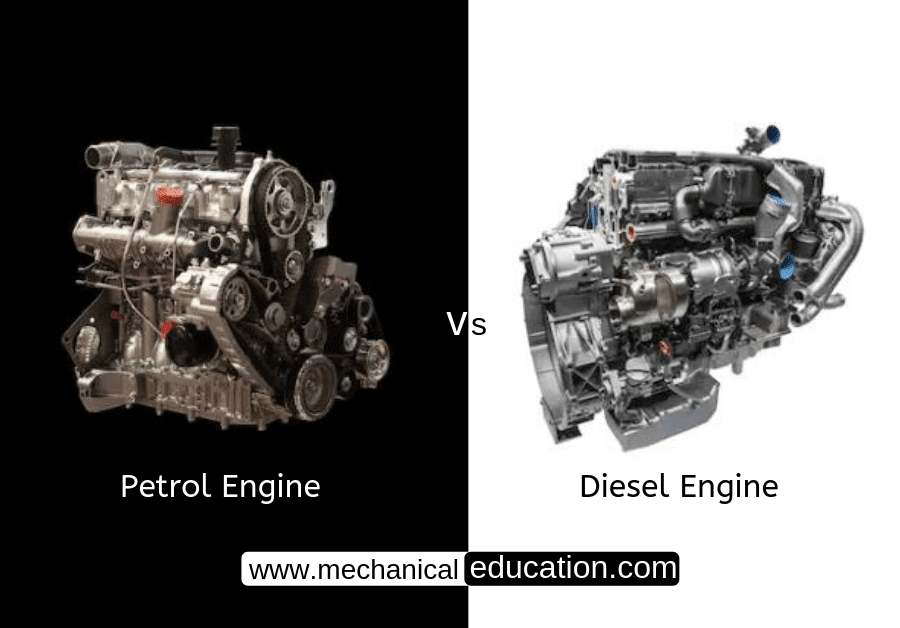Electrical discharge machining (EDM) is a non-traditional machining process that uses electrical discharges to remove material from a workpiece. Here are some applications of EDM:
- Aerospace: EDM is used in the aerospace industry to produce complex shapes in hard and exotic materials, such as titanium and Inconel.
- Medical: EDM is used in the medical industry to produce complex shapes in materials such as stainless steel and titanium for medical implants and instruments.
- Mold and die making: EDM is used in mold and die making to produce complex shapes in materials such as hardened tool steel.
- Automotive: EDM is used in the automotive industry to produce complex shapes in materials such as hardened steel for engine components and gears.
- Electronics: EDM is used in the electronics industry to produce small and intricate parts, such as connectors, switches, and relays.
- Tool and die making: EDM is used to produce small and intricate tooling components such as punches, dies, and inserts.
Overall, EDM is a versatile machining process that can be used in a wide range of industries and applications where high precision and complex shapes are required.
Frequently Asked Questions
1. What is Electrical Discharge Machining (EDM), and how does it work?
EDM is a non-traditional machining process that uses electrical discharges to remove material from a workpiece. It involves the controlled erosion of material through the repeated creation of electrical sparks between the tool and the workpiece.
2. Where is EDM commonly applied in manufacturing industries?
EDM is widely used in industries such as aerospace, mold and die making, medical device manufacturing, and precision toolmaking for machining complex shapes and hard materials that are difficult to machine by conventional methods.
3. What are the advantages of using EDM over traditional machining techniques?
Advantages include the ability to machine intricate and complex shapes, high precision, the capability to work with hard materials, and minimal tool wear since there is no direct contact between the tool and the workpiece.
4. Can EDM be used for both conductive and non-conductive materials?
No, EDM is primarily suitable for conductive materials. It relies on the generation of electrical discharges, and non-conductive materials are not conducive to the process.
5. How is the material removal rate controlled in EDM, and what factors influence it?
The material removal rate in EDM is controlled by adjusting parameters such as discharge current, pulse duration, and the gap between the tool and workpiece. Factors influencing material removal rate include material conductivity, flushing conditions, and electrode wear.
6. What types of electrodes are used in EDM, and how do they impact the machining process?
Electrodes in EDM can be classified as tool and workpiece electrodes. Tool electrodes are typically made of materials like copper, graphite, or tungsten. The choice of electrode material influences the material removal rate and surface finish.
7. How does EDM contribute to achieving high precision in machining?
EDM achieves high precision by using a controlled spark discharge that erodes the material layer by layer. The process allows for tight tolerances and intricate detailing in the machined workpiece.
8. Can EDM be used for producing prototypes and small production runs?
Yes, EDM is suitable for producing prototypes and small production runs, especially when high precision and intricate shapes are required. It provides flexibility in manufacturing low quantities of complex components.
9. What are the limitations of EDM, and when might alternative machining methods be preferred?
Limitations include slower material removal rates compared to some traditional methods, the need for conductive materials, and the generation of heat. Alternative methods might be preferred for high-speed machining or non-conductive materials.
10. How is EDM applied in the creation of molds and dies in the manufacturing industry?
EDM is widely used in mold and die making for creating intricate cavities, fine details, and complex shapes. It allows for the production of high-quality molds for applications in plastic injection molding and die casting.




